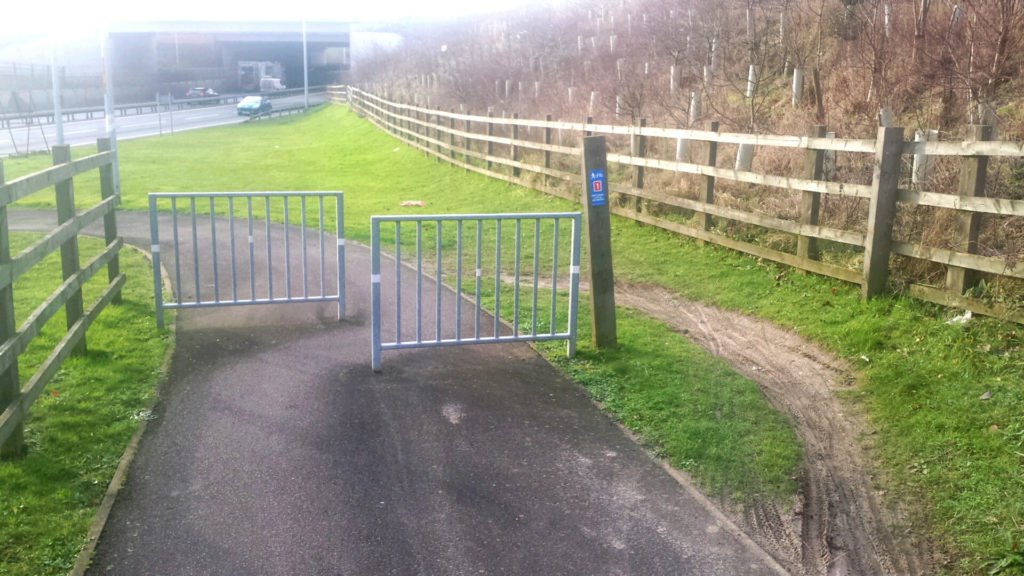An organization that had undergone years of tremendous growth realized that they had outgrown their purchasing spending rules. Too many people had authority to spend large amounts without approval or coordination. Spending was out of control, and the purchasing department decided it would rein it in by changing the spending rules. Under the new rules, many managers were constrained to smaller purchasing amounts, and larger amounts had to be approved by the organizational level with that spending threshold.

There was grumbling, of course. People complained about increasing bureaucracy and the resulting increase in the time it took to purchase something. This response was expected.
But an interesting thing happened: The number of smaller purchase amounts skyrocketed! Instead of going through the process of gaining approval for larger amounts, people just purchased smaller amounts more often.
As an unintended consequence, the company lost the advantage of purchasing in bulk on many items. They also increased the workload for the accounts payable department because the number of transactions increased.
Could this response have been predicted?
People cope with change by acting to minimize their losses. In this case, they were reacting to the loss associated with their lowered spending limits: particularly their loss of autonomy, loss of status, and loss of efficiency.
- Autonomy is independence and control. The spending limits reduced autonomy by forcing people to get approval from someone else when they didn’t before.
- Status is the perceived place in the organization relative to others. The spending limits reduced status by taking away authority.
- Efficiency is the level of output you get from your effort. The spending limits reduced efficiency by adding steps and wait time to the process.
Combined, this was a particularly strong loss for the managers whose spending was reduced. To cope, they tried to minimize the loss. This took the form of working within the rules, but changing their spending behavior so they didn’t have to get approval from someone else.
When implementing a change, consider what people stand to lose as a result. Put yourself in their shoes. How would you act in their situation to minimize your losses? Then assess the potential unintended consequences. What would be the impact if people act that way? Then you can try to find a way to either avoid causing the negative response, or figure out how to minimize the impact.
Would you like to better understand how people react to change? Take the on-demand video course, Unlock Resistance to Change, and learn eight underlying sources of resistance and what to do to avoid causing them.
This article is part of the #ChangeBlogChallenge on the topic of Change Impact. Click here to see what other change thinkers say about this topic. Are you participating in the #ChangeBlogChallenge? Feel free to leave the link to your blog article in the comments.

 Interview: How to Drive Engagement in Organizations
Interview: How to Drive Engagement in Organizations